(February 21, 2024) His journey started in the small village of Karvena in Telangana. Growing up in a remote area, Prof Muralidhar Miryala would study under a kerosene lamp as there was no electricity in his village. “My early education – from first to seventh – took place in my village itself. My school didn’t have the basic infrastructure for students to sit from class one to fourth. We would sit in the corridors and study. I remember I was so happy going to the fifth standard for the first time, as we had benches to sit on,” laughs the scholar as he connects with Global Indian over a telephone call.
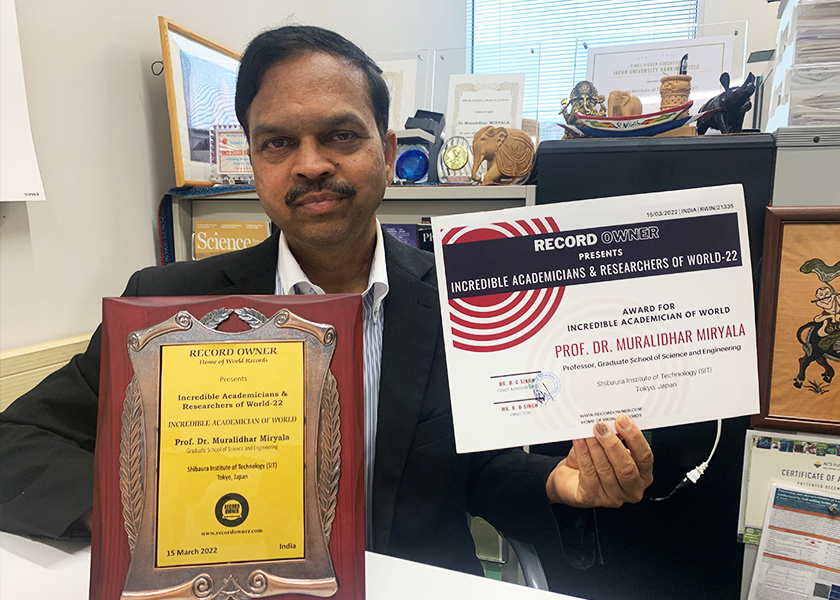
Currently, the Board of Councillors and former Deputy President at Japan’s most prestigious Shibaura Institute of Technology (SIT), Prof Miryala recently received the Pravasi Bharatiya Samman by the President of India. “As a global education leader, I have invested great time and efforts towards bridging to-ranking Indian and Japanese universities to focus on bilateral relations between India and Japan in the areas of science, technology, R&D, and higher education,” the scholar shares. Holding the position of Operational Board Chair at the World Technology University Network, the scholar is also a professor at the Graduate School of Science and Engineering within the College of Engineering.
Of determination and grit
Coming from a village where many kids would drop out of school after finishing their 10th standard, Prof Miryala had some big dreams. Talking about his village he says, “It was a very remote area. There was no bus connectivity from my village, making life quite a challenge. We had to walk about two kilometres to catch a private bus, which only operated once a day,” says the scholar, who soon after finishing his 10th standard moved to Jadcherla about 60 km from his village. “My father always emphasised the importance of good education. So, I took a small room there and started my higher education at a local school. I would come back and cook for myself as well. It was only on Sundays that I would go to my village. My entire focus at the time was only on my education.”
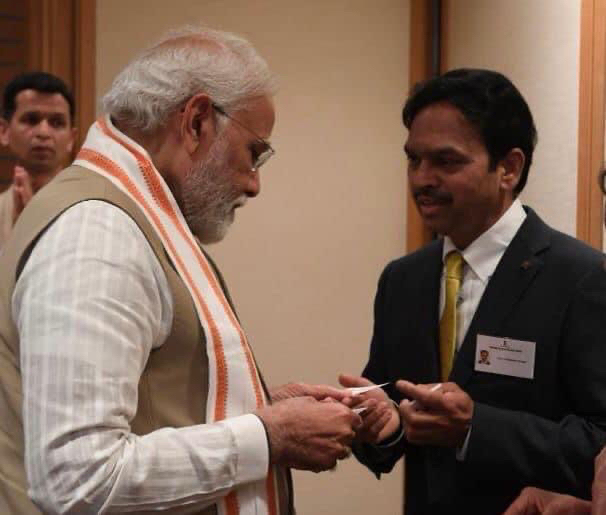
Prof Miryala with PM Narendra Modi
The scholar earned a bachelor’s degree in science from Badepally and later moved to Hyderabad to pursue a master’s in science and a Ph.D. from Osmania University. He wrote and passed the entrance exam for both a master’s in mathematics and physics, and ended up choosing the latter. “However, the first year at the University proved to be quite a challenge. Most students in my batch were scholars during their graduation, so the level of competition in the class was very high. It took me a year, but I was able to catch up and was at the top of my class when I graduated in 1987,” the scholar shares.
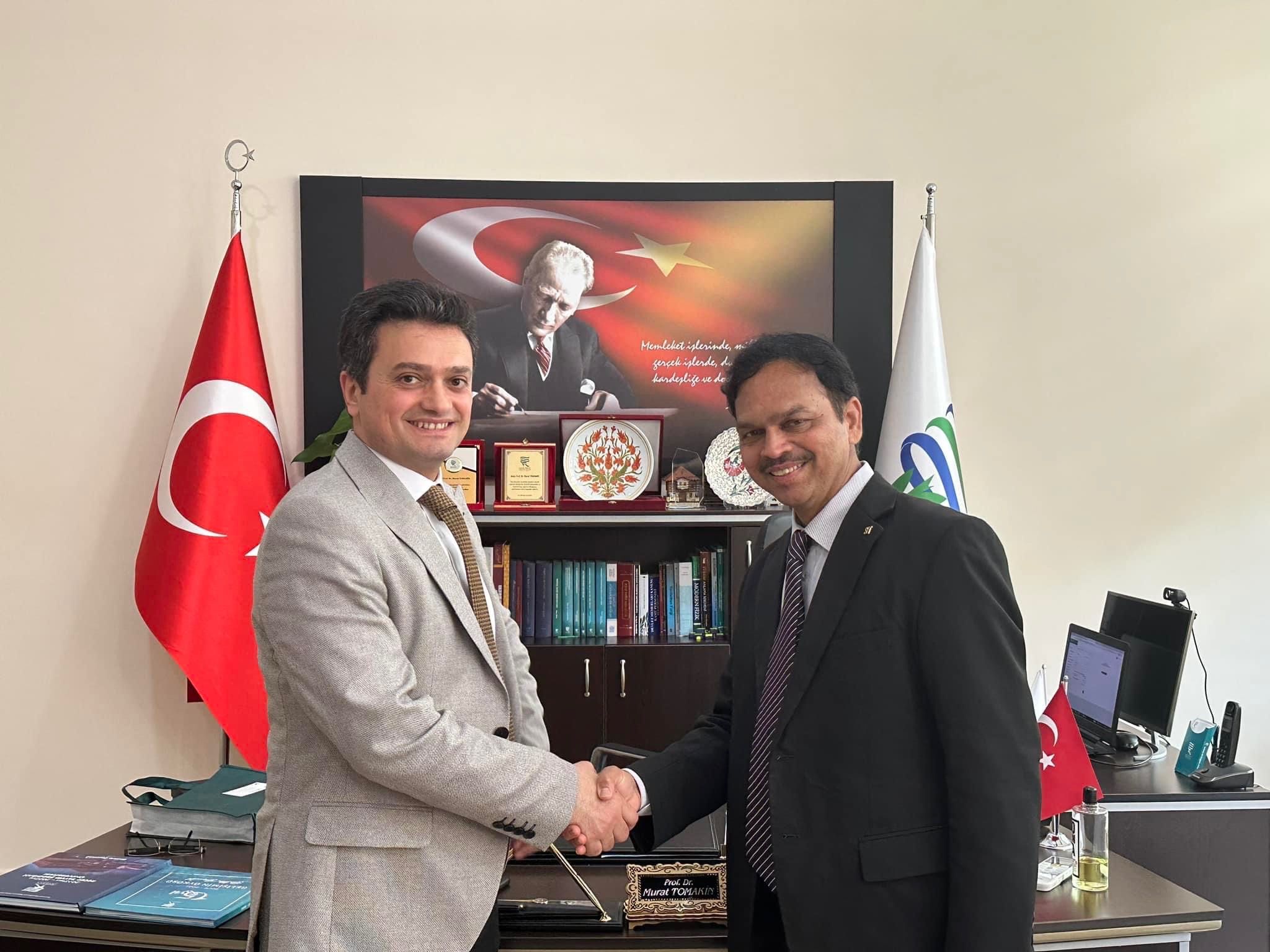
The 1986 discovery of high-temperature superconductors by IBM researchers Georg Bednorz and K. Alex Müller proved to be a turning point in Prof Miryala’s life. It captured the attention of the scientific community worldwide. As with several other private and public players, the Government of India also decided to fund research and projects dedicated towards the development of new material in national labs and universities. “So, during my Ph.D. programme, I had the privilege of working on superconductors. For my work, I was one of the only two students selected to participate in a conference at the International Centre for Theoretical Sciences (ICTS), where I got an opportunity to meet several eminent people from the global scientific community,” shares the scholar. It was at the conference that he made up his mind to pursue a career in theoretical physics, focussing on superconductors. While pursuing his post-doctoral fellowship at Osmania University, the scholar was awarded the Young Scientist award by the Government of India in 1995.
The sunrise isle
In 1996, the scholar was selected by the Japanese government to work at the International Superconductivity Technology Center (ISTEC), in Tokyo. He joined there as a research scientist and got the opportunity to work under chief research scientist Morioka. “It wasn’t an easy decision for me to move from India to Japan. But back then, the laboratory I was working at was dedicated towards the goal of developing real superconducting products, which can be used in people’s day-to-day applications, and I didn’t want to miss out on being a part of that team,” shares the scholar.
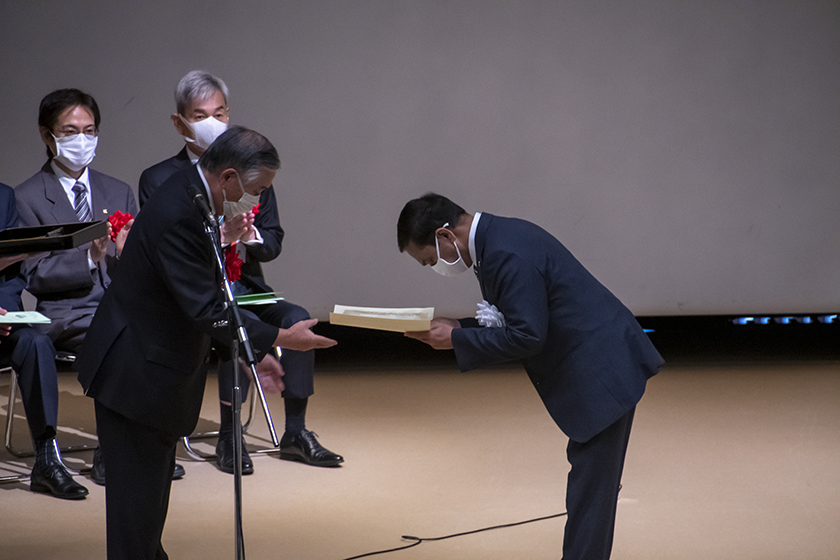
Prof Miryala being honuored by the SIT Chairman’s Award
While he loved his job, adapting to the Japanese culture was a challenge for the scholar. “Everything – right from the signboards, to labels on products in the supermarket – was in Japanese, and I hardly knew the language. Thankfully, my colleagues at the laboratory were from several countries, and the Japanese working there were also English speakers. So, initially, I could manage with their help. I also started learning to read and speak in Japanese – which really helped me in my journey. Now I am quite a fluent Japanese speaker,” laughs Prof Miryala, who was able to develop a new material at the ISTEC lab within one year of joining there, and won the Director’s award for the same.
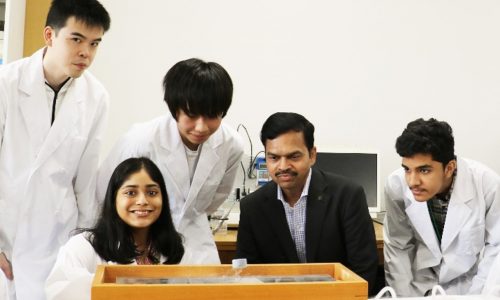
Prof Miryala’s interest lies in the applications and technology of bulk single-grain superconductors. He has pioneered the development of a new class of mixed LRE-123 system capable of functioning up to 15 T at 77 K, extending to high temperatures reaching 90.2 K. His groundbreaking work includes the creation of a novel technology for producing a RE-123-type silver-sheathed wire through solid-state/liquid-phase reactions. Notably, the scholar has played a vital role in developing technology for DC Superconducting Cable in railway system applications. His extensive body of work encompasses over 500 research items, including patents, books, review articles, and press releases. Furthermore, he has delivered more than 150 oral presentations, including plenary and invited talks, showcasing his expertise in the field.
Nurturing young talent
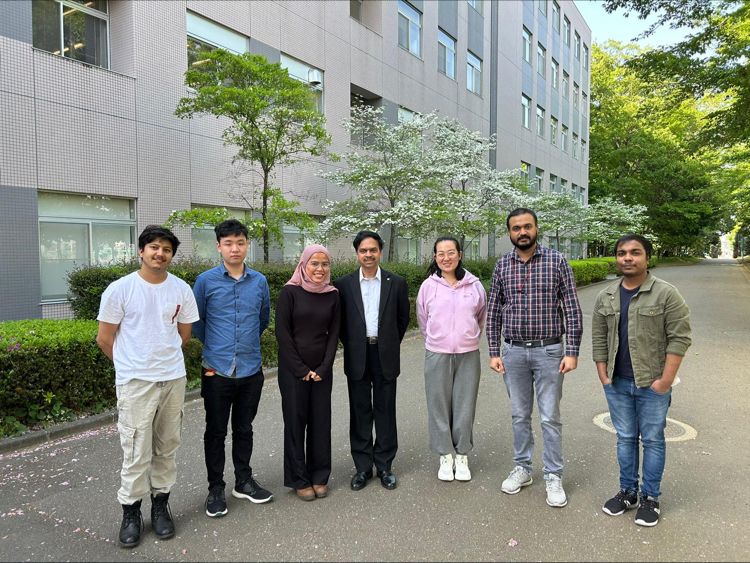
A successful scientist, Prof Miryala joined the Shibaura Institute of Technology in 2013, where he nurtured several young scientists from India and Japan under his wings. “I wanted to impart my knowledge to the next generation of scientists, so I ventured towards academics. So far, I have been able to establish academic collaboration between several Indian institutions, including IIT Madras, IIT Delhi, and IIT Guwahati and many Japanese Universities. Over 100 Indian students have been able to benefit from these programmes as yet. However, while I am proud of these accomplishments, I feel much remains to be done,” says the scholar, who is also the Editor-in-Chief and Editorial board member of several international scientific journals.
- Follow Prof. Muralidhar Miryala on LinkedIn


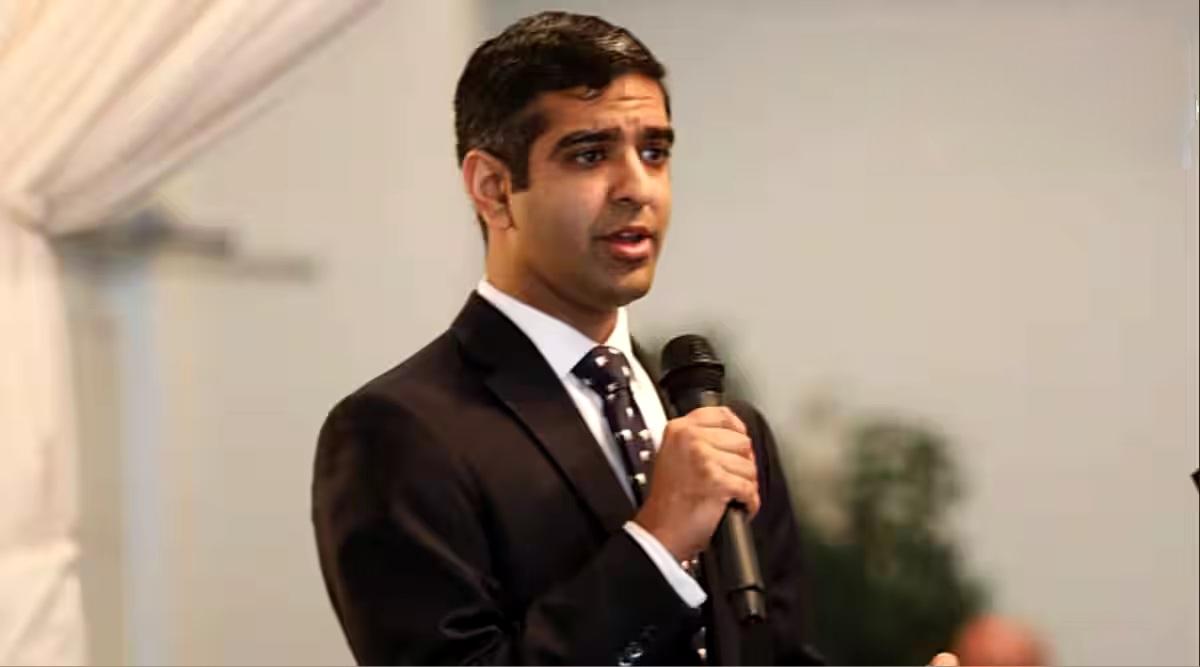
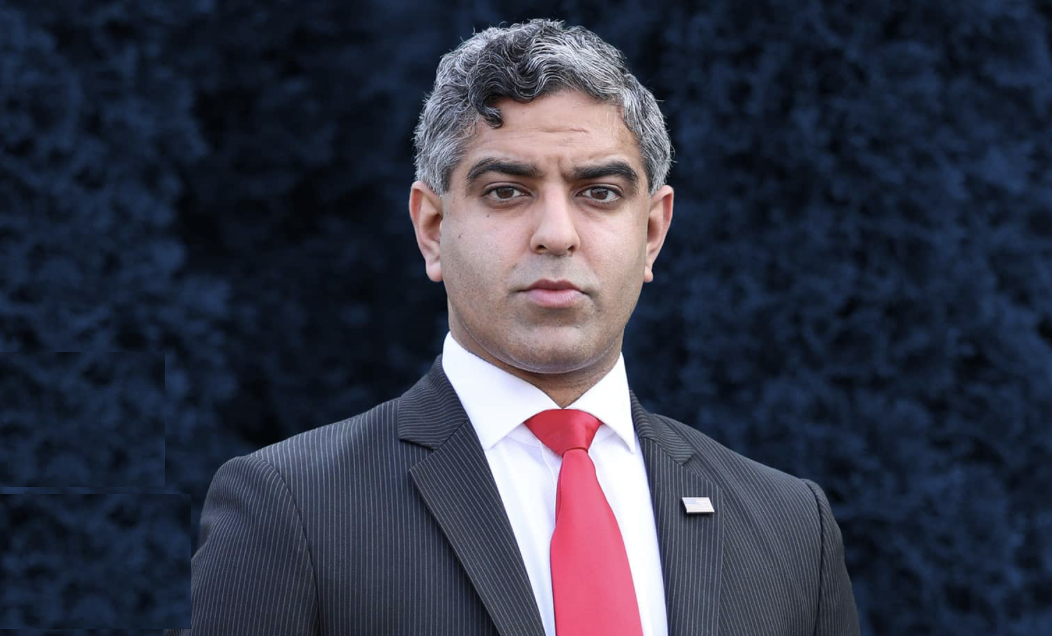

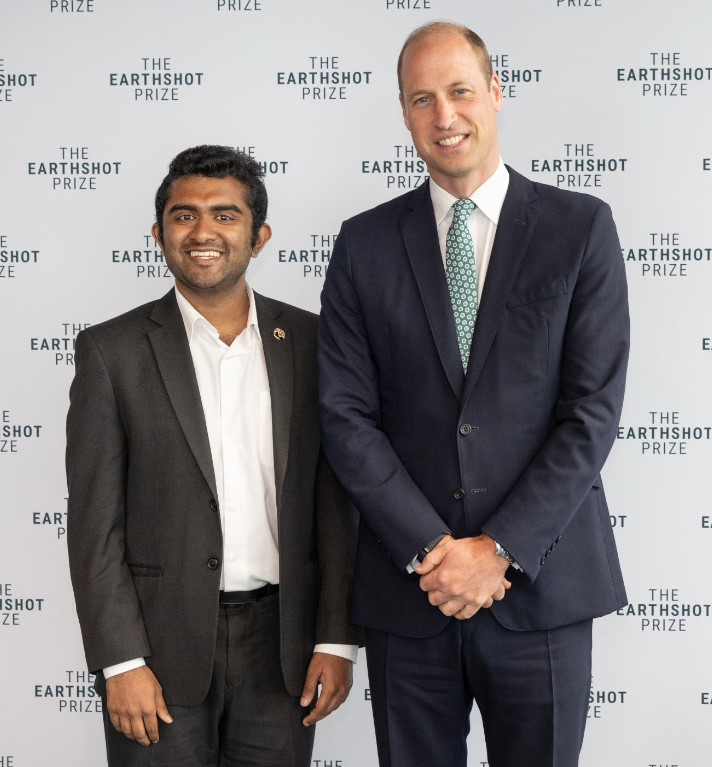 Aadith Moorthy with Prince Williams during the Earthshot Prize ceremony[/caption]
Aadith Moorthy with Prince Williams during the Earthshot Prize ceremony[/caption] Image credit: Boomitra[/caption]
Image credit: Boomitra[/caption]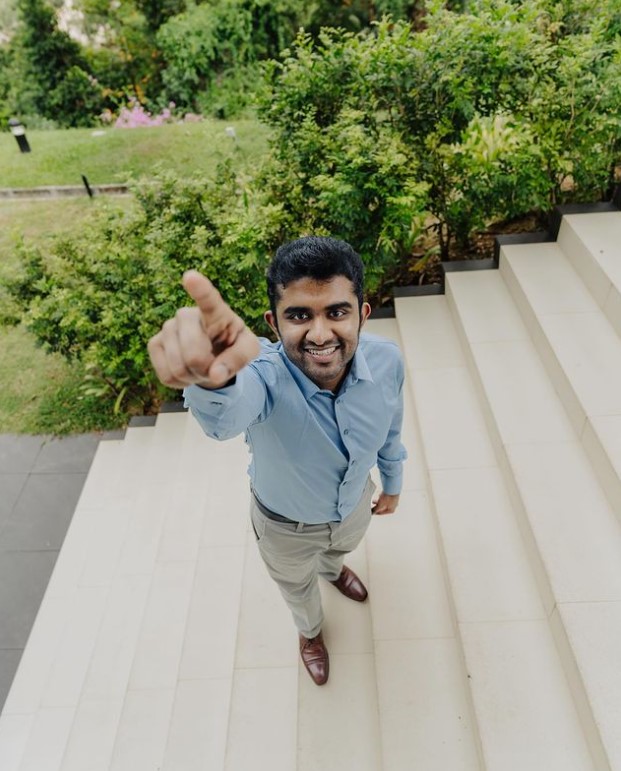 Aadith Moorthy[/caption]
Aadith Moorthy[/caption]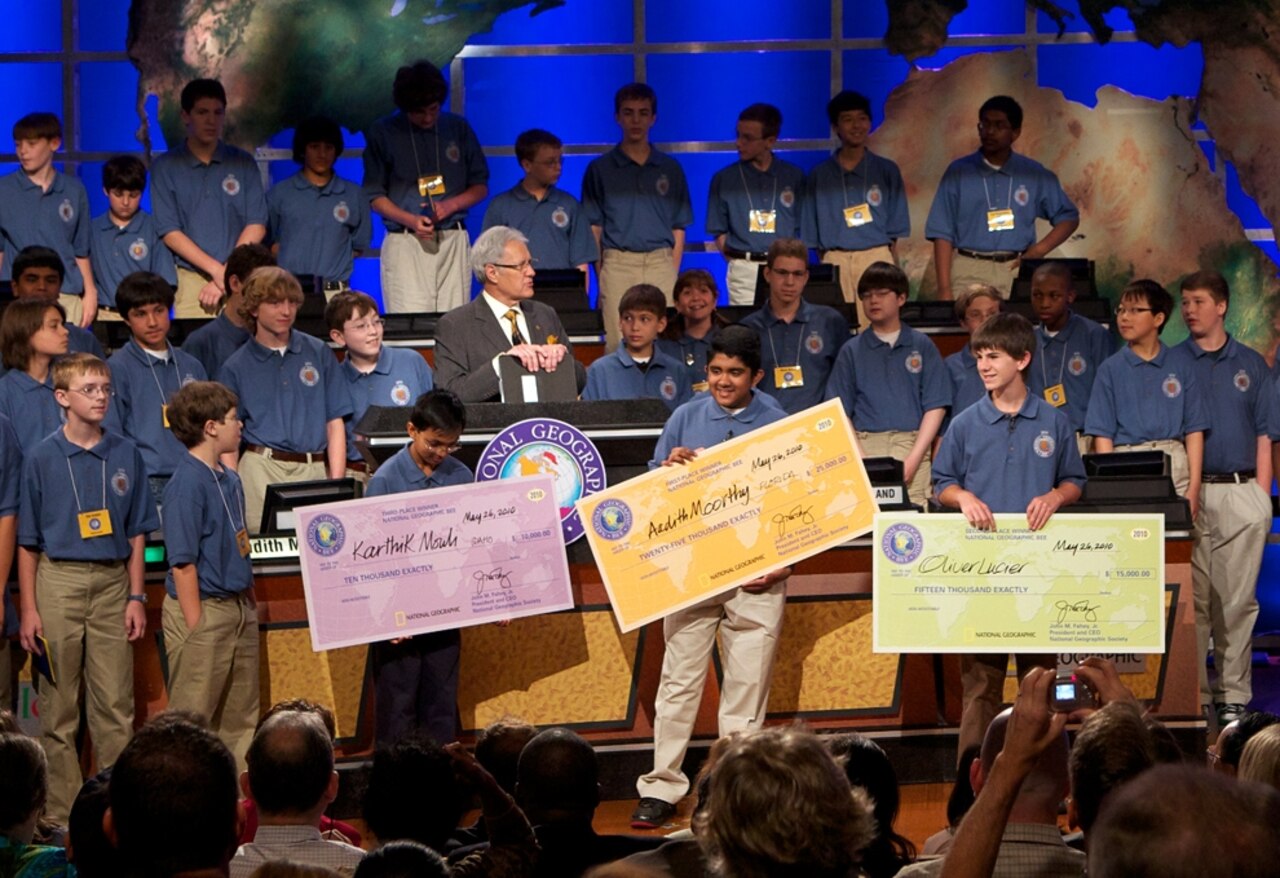 2010 National Geographic Bee winner Aadith Moorthy (center) with fellow competitors | Image credit: National Geographic[/caption]
2010 National Geographic Bee winner Aadith Moorthy (center) with fellow competitors | Image credit: National Geographic[/caption]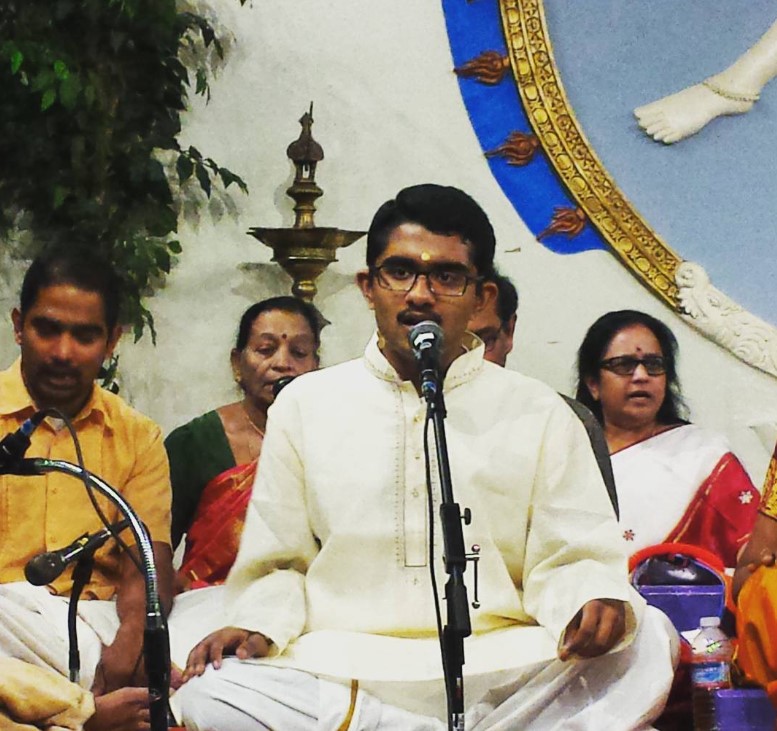 Aadith Moorthy during a Carnatic performance[/caption]
Aadith Moorthy during a Carnatic performance[/caption]
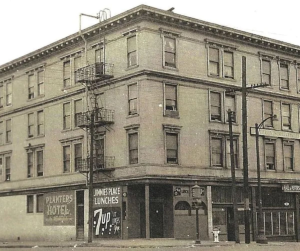
 Hoteliers Kanji Manchhu Desai, Nanalal Patel, and D. Lal. (Photo courtesy of Mahendra K. Doshi/ India Currents)[/caption]
Hoteliers Kanji Manchhu Desai, Nanalal Patel, and D. Lal. (Photo courtesy of Mahendra K. Doshi/ India Currents)[/caption]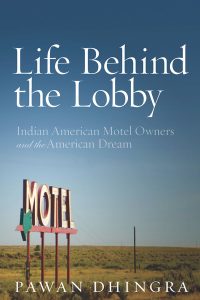 Life Behind the Lobby, by Pawan Dhingra, published by the Stanford University Press.[/caption]
Life Behind the Lobby, by Pawan Dhingra, published by the Stanford University Press.[/caption]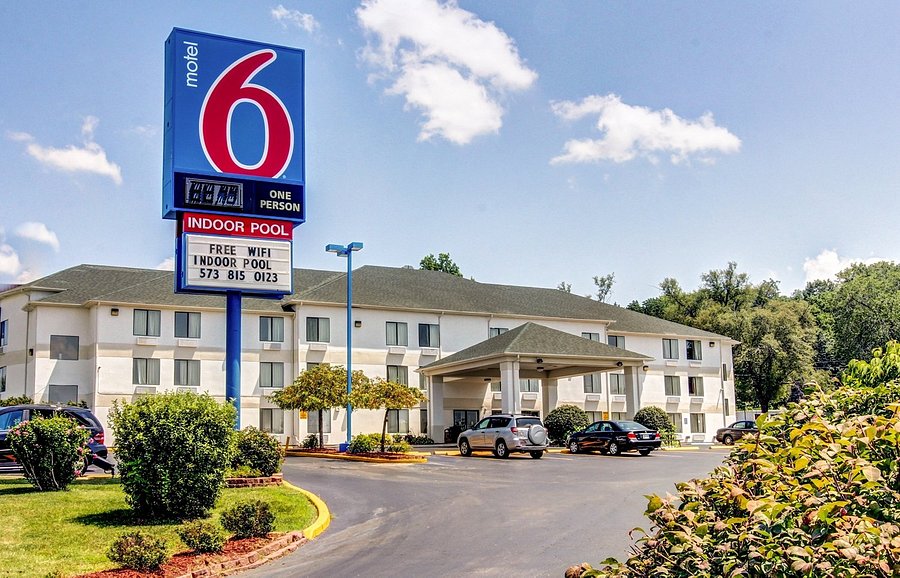
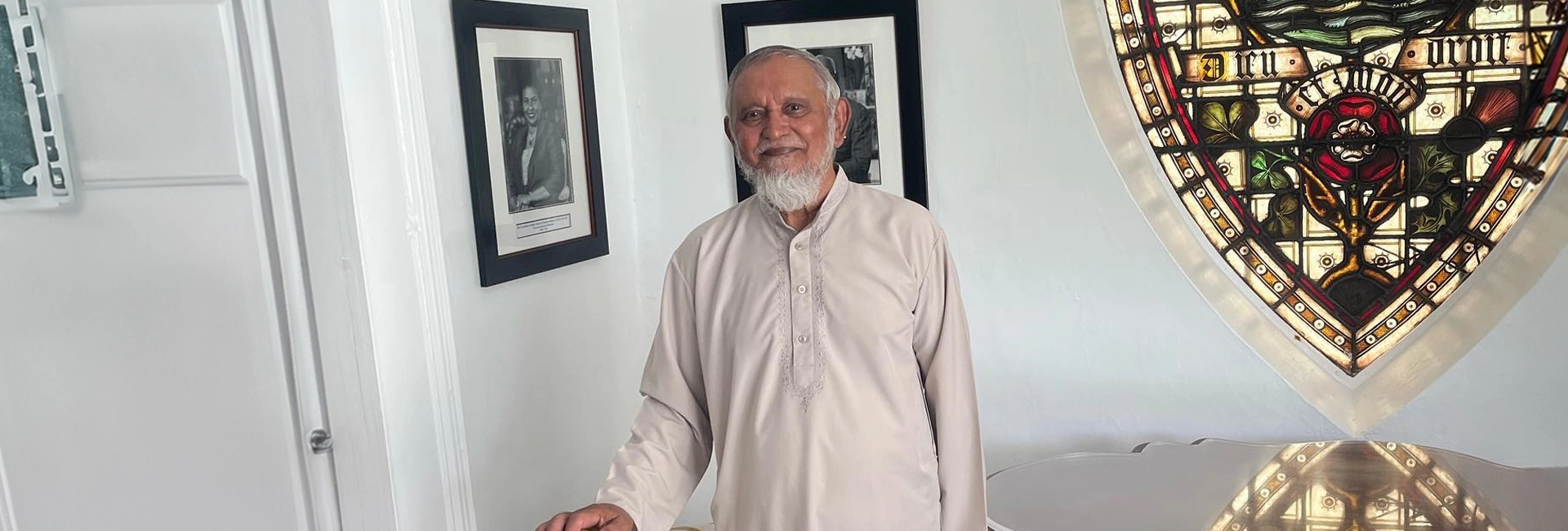
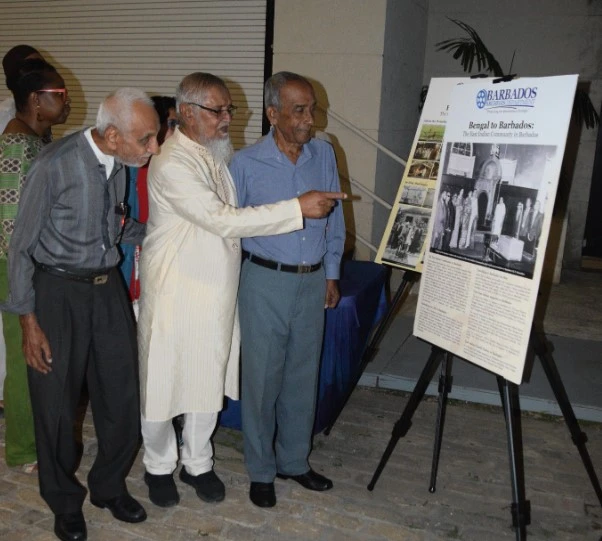 Sabir Nakhuda (centre) with Indian-origin people during the launch of Bengal to Barbados Foundation and digital project[/caption]
Sabir Nakhuda (centre) with Indian-origin people during the launch of Bengal to Barbados Foundation and digital project[/caption]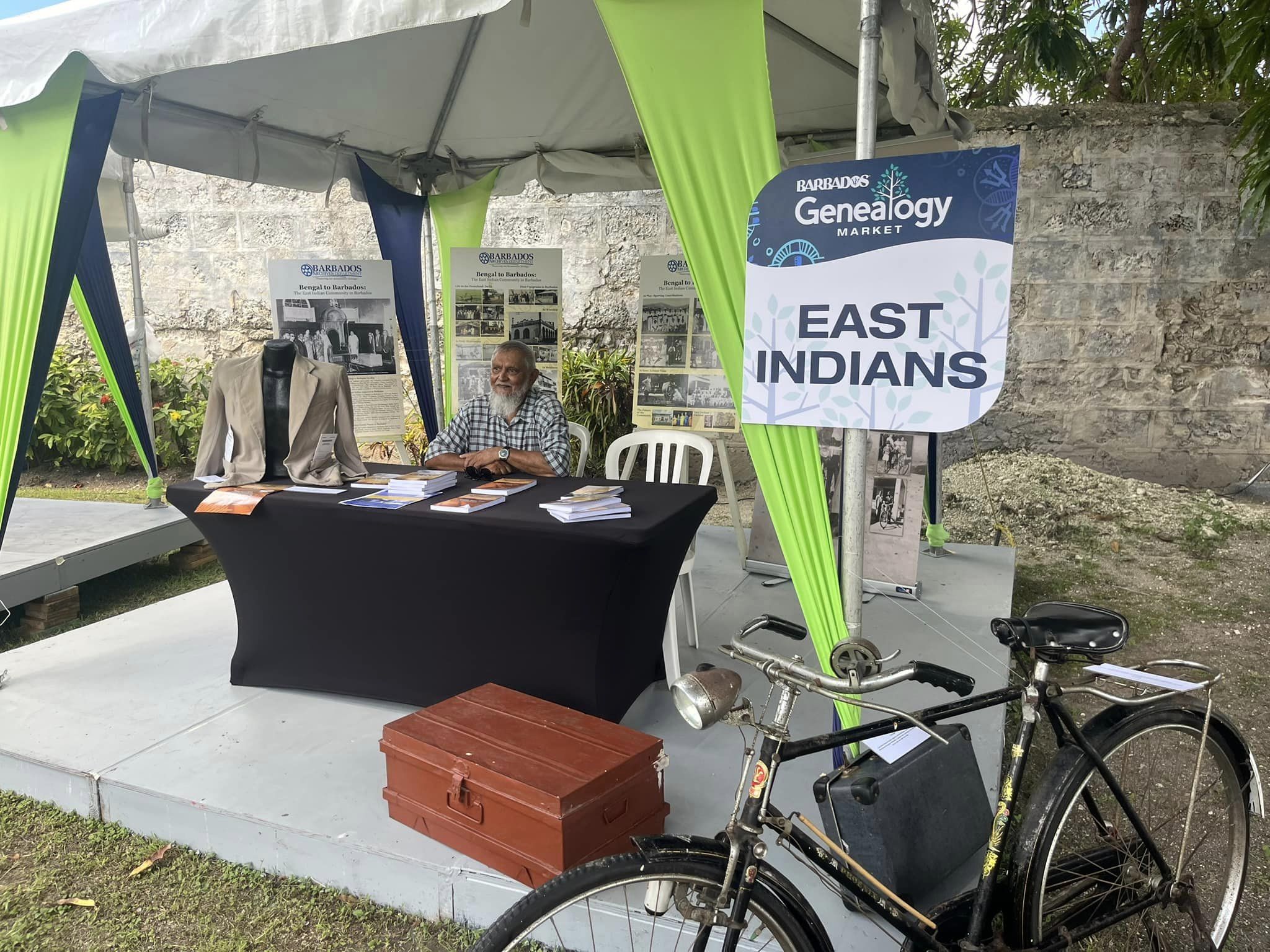 Sabir Nakhuda at the 2024 Genealogy Market, Barbados[/caption]
Sabir Nakhuda at the 2024 Genealogy Market, Barbados[/caption]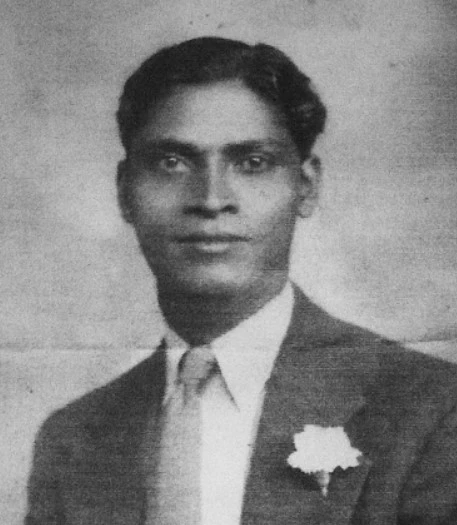
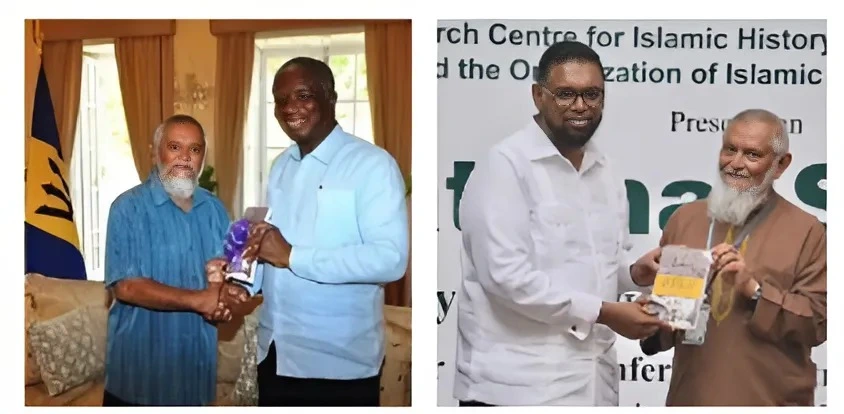 Sabir Nakhuda presented his book to Barbados PM Freundel Stuart in 2013 and President of Guyana, Mohammed Irfan Ali in 2023[/caption]
Sabir Nakhuda presented his book to Barbados PM Freundel Stuart in 2013 and President of Guyana, Mohammed Irfan Ali in 2023[/caption]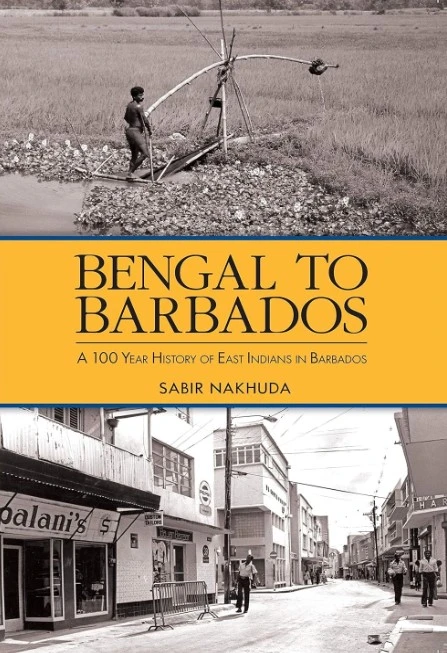 Cover Image of Sabir Nakhuda's book[/caption]
Cover Image of Sabir Nakhuda's book[/caption]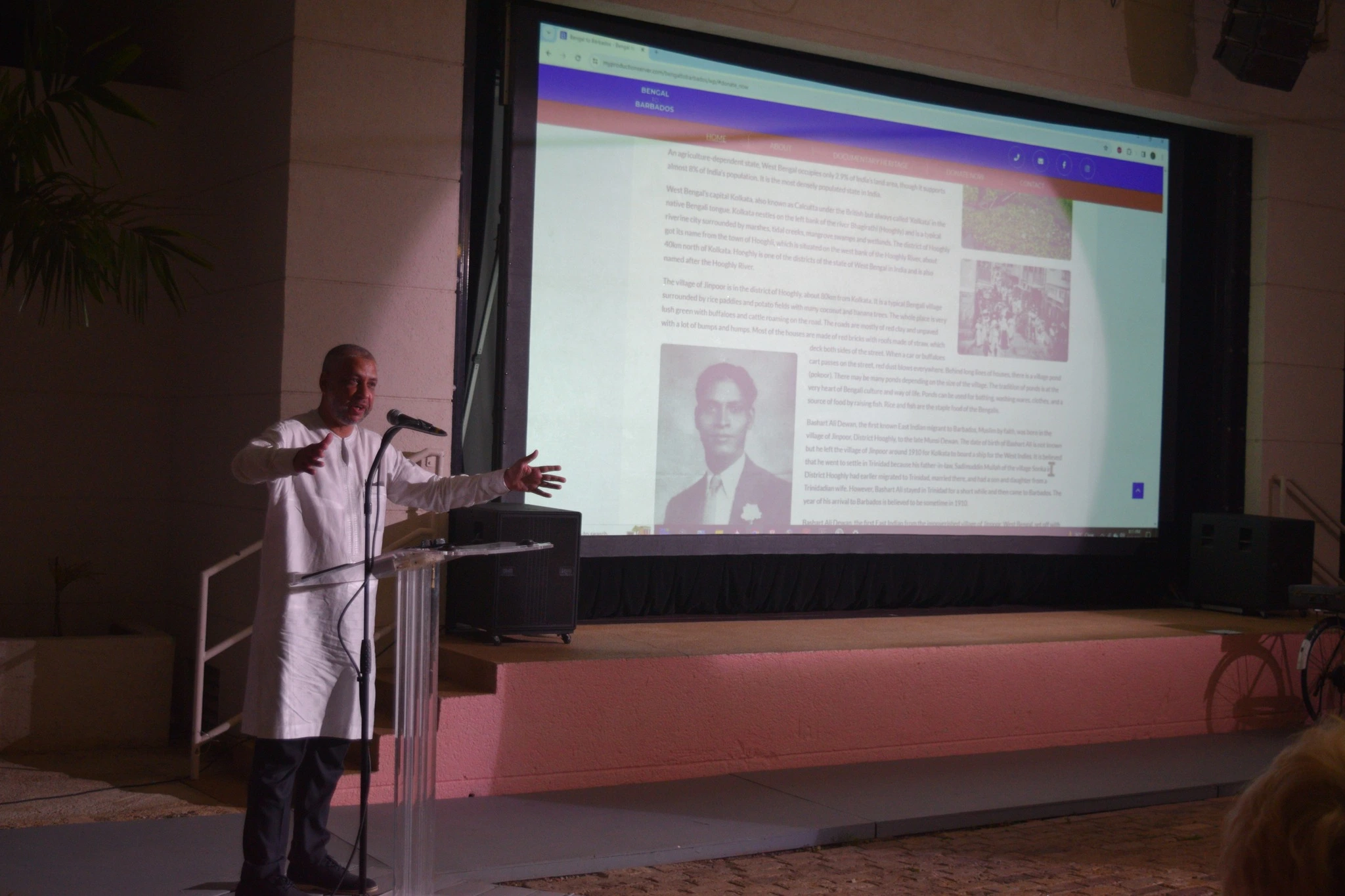 Suleiman Bulbulia during the launch of Bengal to Barbados Foundation and digital project[/caption]
Suleiman Bulbulia during the launch of Bengal to Barbados Foundation and digital project[/caption]
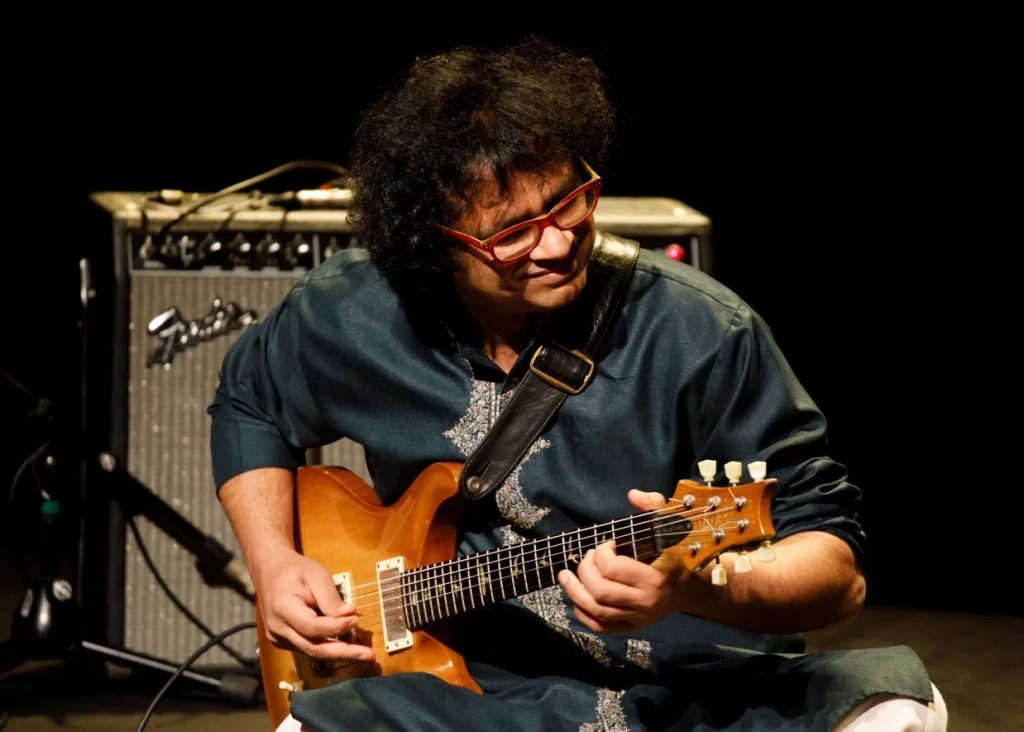



Sir I want to join in your team